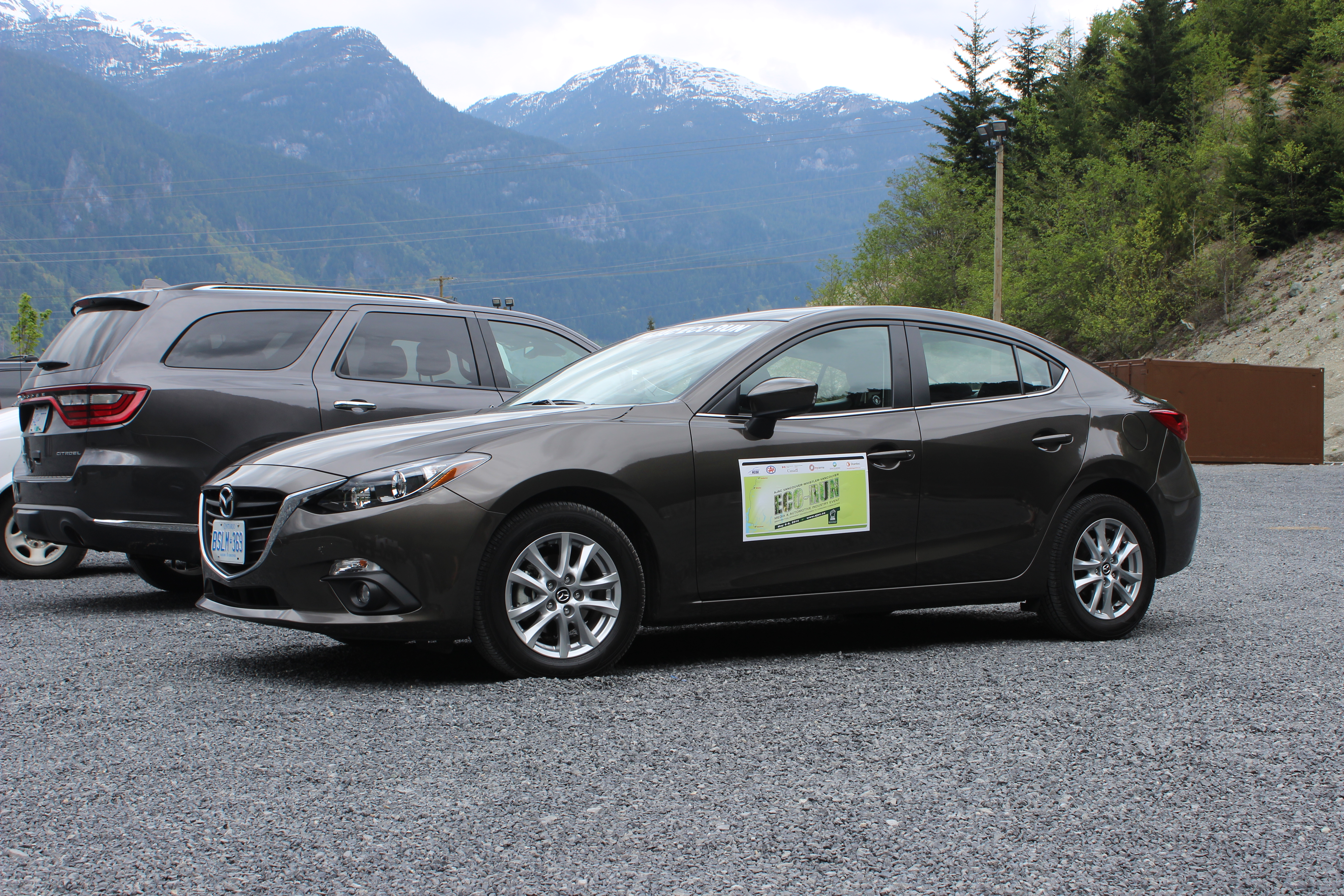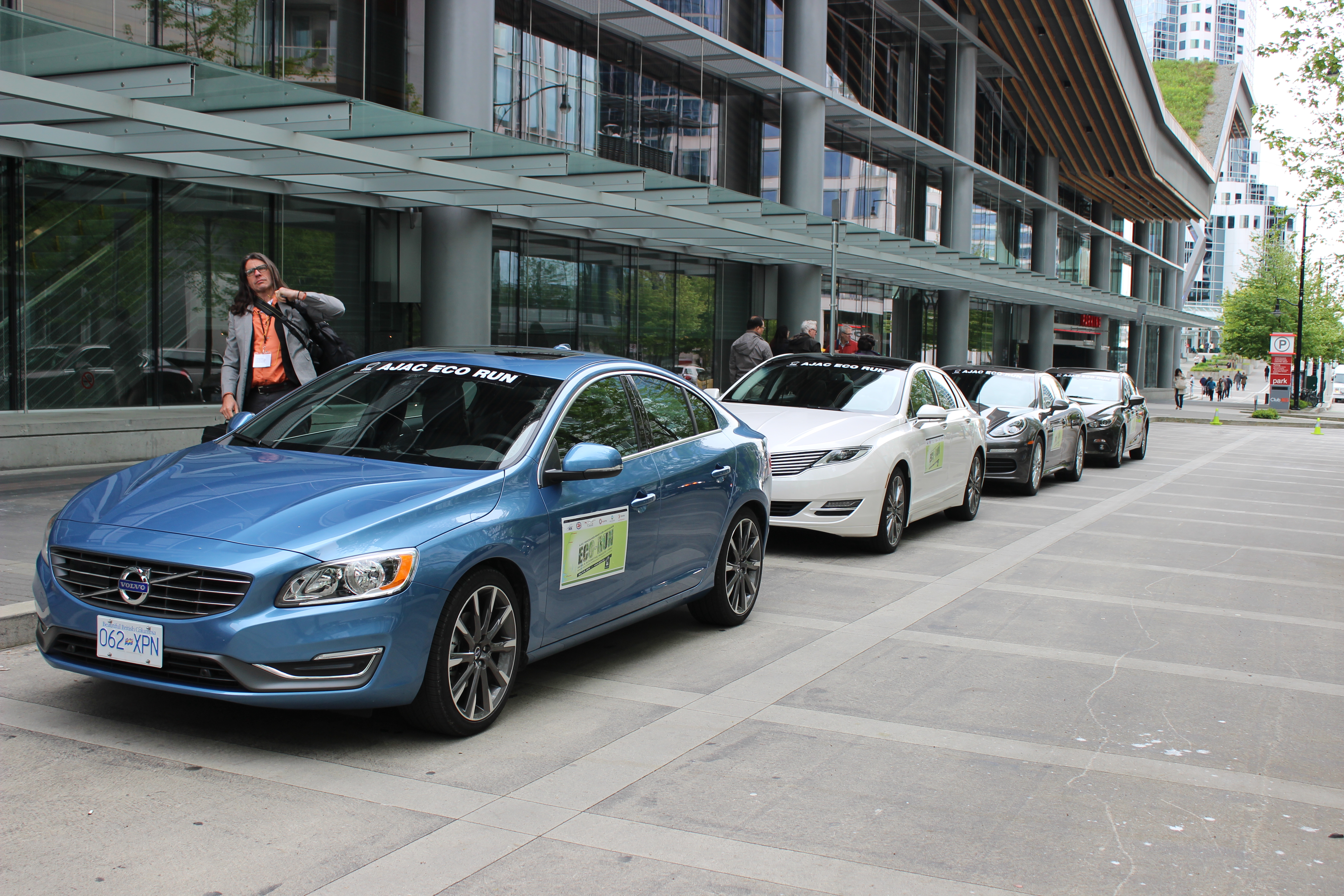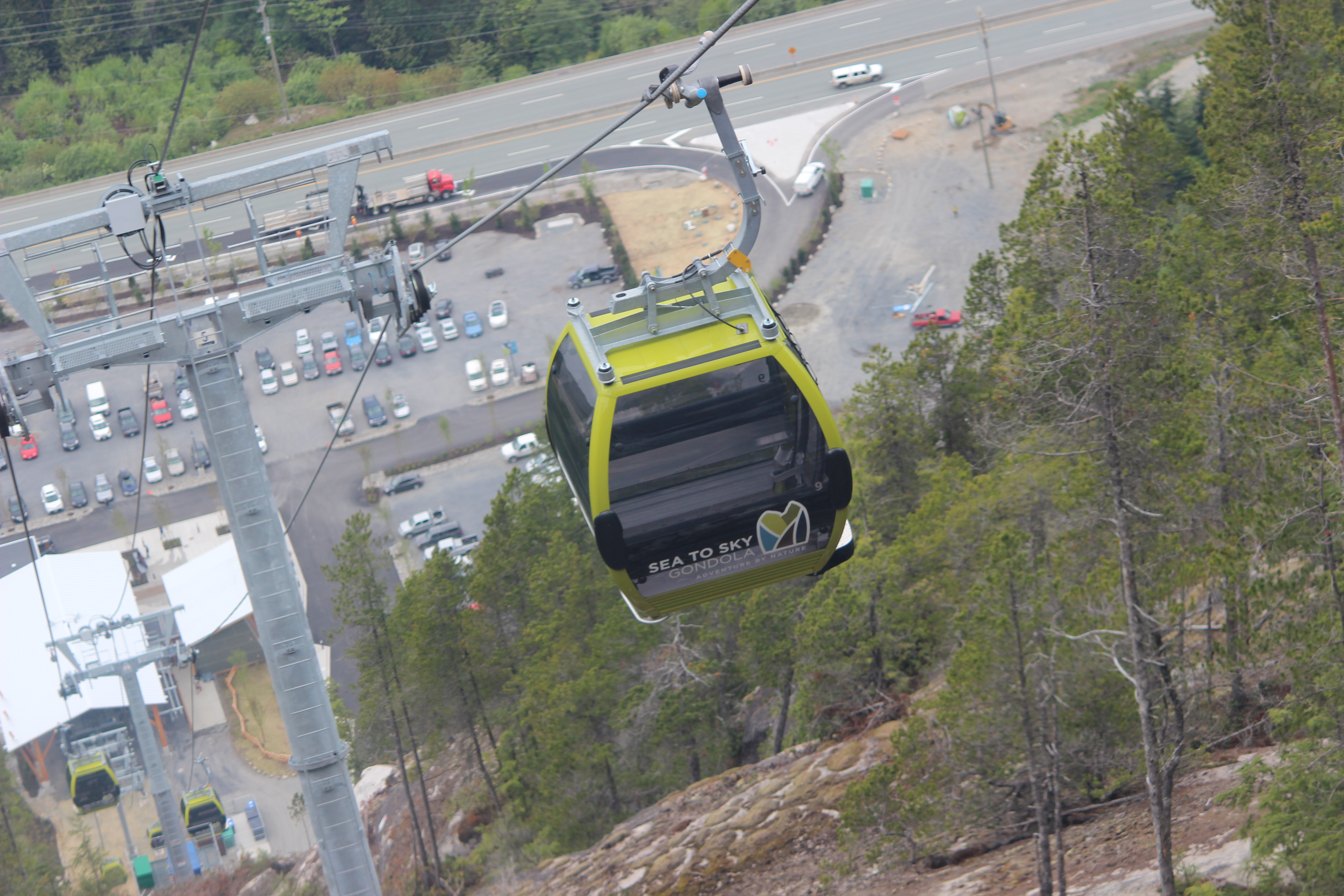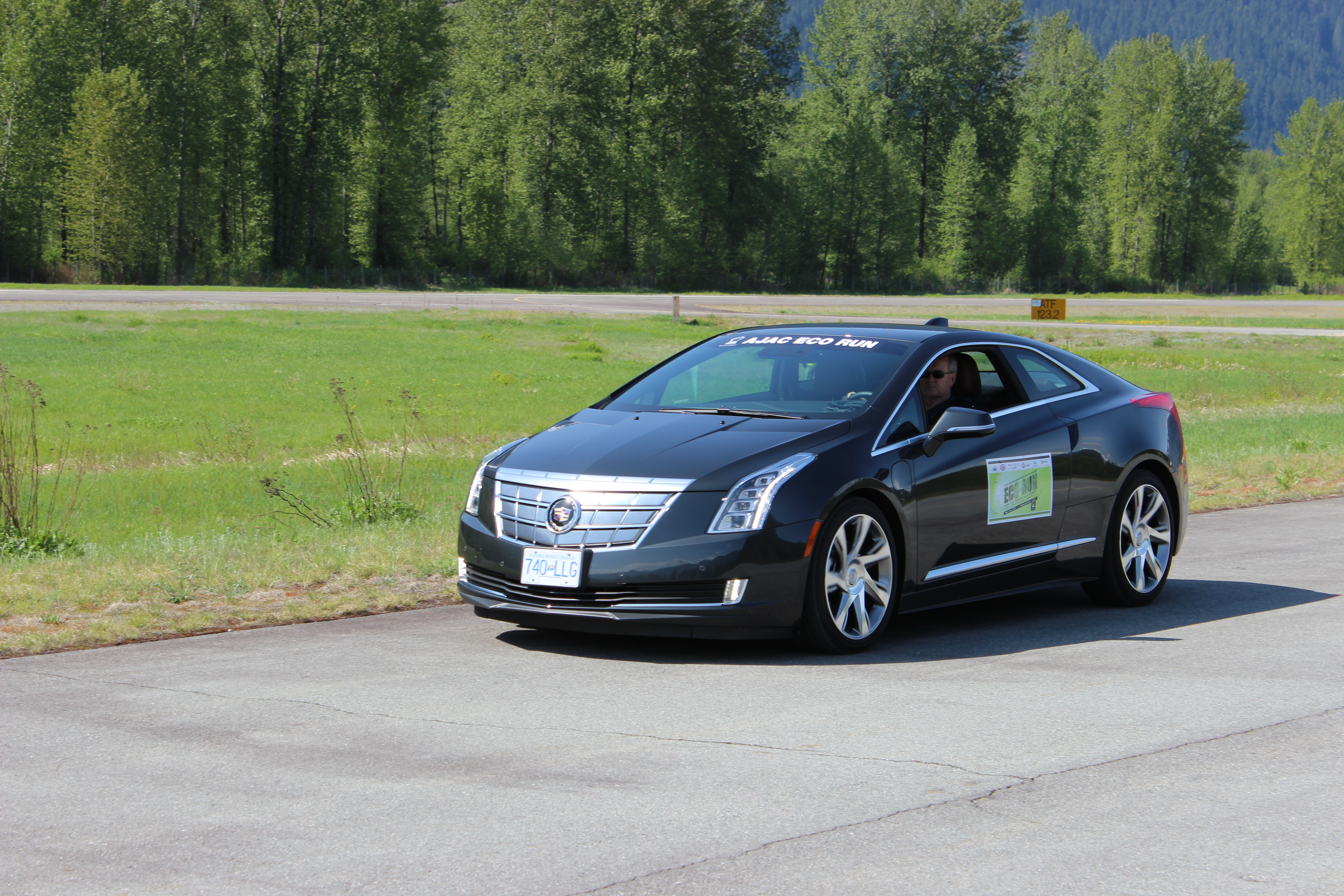AJAC EcoRun: cars shine, but the drivers make a key difference
- Written by Dan Heyman
- Published in Auto Events
- font size decrease font size increase font size
- Be the first to comment!
Blessed with gorgeous weather, alluring vistas and some of the better driving roads I’ve encountered, AJAC’s third annual EcoRun culminated in a slightly soggy Vancouver downtown.
It wasn’t so much the cars themselves impressed—not that they didn’t, either, but we’ll get to that—but the EcoRun being about the lessons learned. During the three days, we learned lessons about how to drive more frugally, about the viability of electric power, and to put our preconceptions aside and make a concerted effort to focus on the environment.
To help us, the good folks at MyCarma were on-hand to track our every move, and provide us with a ranking at the end of each day—and eventually, the whole event. While there could only be one “most frugal driver” (it wasn’t me, unfortunately), we were told that the spread was tighter than MyCarma tends to see, and that our lowest single-leg score—77.4 of 100—was higher than the usual group average of 60-65.
It doesn’t take much to achieve these scores, either:
-Control your throttle inputs. It should take no less than five seconds to reach 20 km/h from stop-Read the traffic heading into an intersection, commence braking early. Play your cards right, and you’ll reduce the times you have to come to a complete stop-Keep windows closed above 60 km/h, and if you have to resort to A/C, don’t constantly leave it on-On hilly roads, gain momentum as you coast down a hill, hopefully enough to propel you over the next oneYou’ll save fuel and energy with these basic moves.
If you want to learn more, head over to www.ecodrivingonline.ca and take their short eco driving workshop.
As we stood waiting on the breathtaking view of the Sea to Sky gondola (a preview ride before it opens to the public), I had an opportunity to contemplate the cars I’d sampled; which had surprised, which had disappointed, and so forth.
The Cadillac ELR is as futuristic-looking as they come (never thought I’d see retail cars that look this angular), and since it shares its underpinnings with the Chevrolet Volt, it’s well suited for eco driving. Add some regenerative wheel-mounted paddles, four drive modes and an interior befitting of a Cadillac (saddle brown leather seating, CUE infotainment, great lighting) and you have one of the stars of the trip.
The Mazda3 SKYACTIV was the only car at the event fitted with a manual transmission, and it shone brightly on my return drive from Squamish to Vancouver, providing 5.8 L/100 km even when put through downtown congestion.
The Ford C-Max ENERGI is an interesting concept—I do love it’s hatchback-plus body style—but unless you keep it charged (it wasn’t when I took the keys for one of the legs), it performs similarly to a C-Max Hybrid, but starts at almost 10K more. Yes, you do get a smattering of standard features that come as options on the Hybrid, but with Plug-In Hybrid Vehicles (PHEV) still very much in their nascence, I’m not sold just yet.
The Honda Accord Hybrid continues to impress, as it did when I first tried it last year. Even though it has no transmission (you read that right), it somehow doesn’t feel like a hybrid when you drive it. Thank Honda’s wonderful chassis tuning and always-good engines for that. Plus, since it will rely on energy regeneration to slow down the car, often completely in the place of brakes, you save your brake pads as well.




